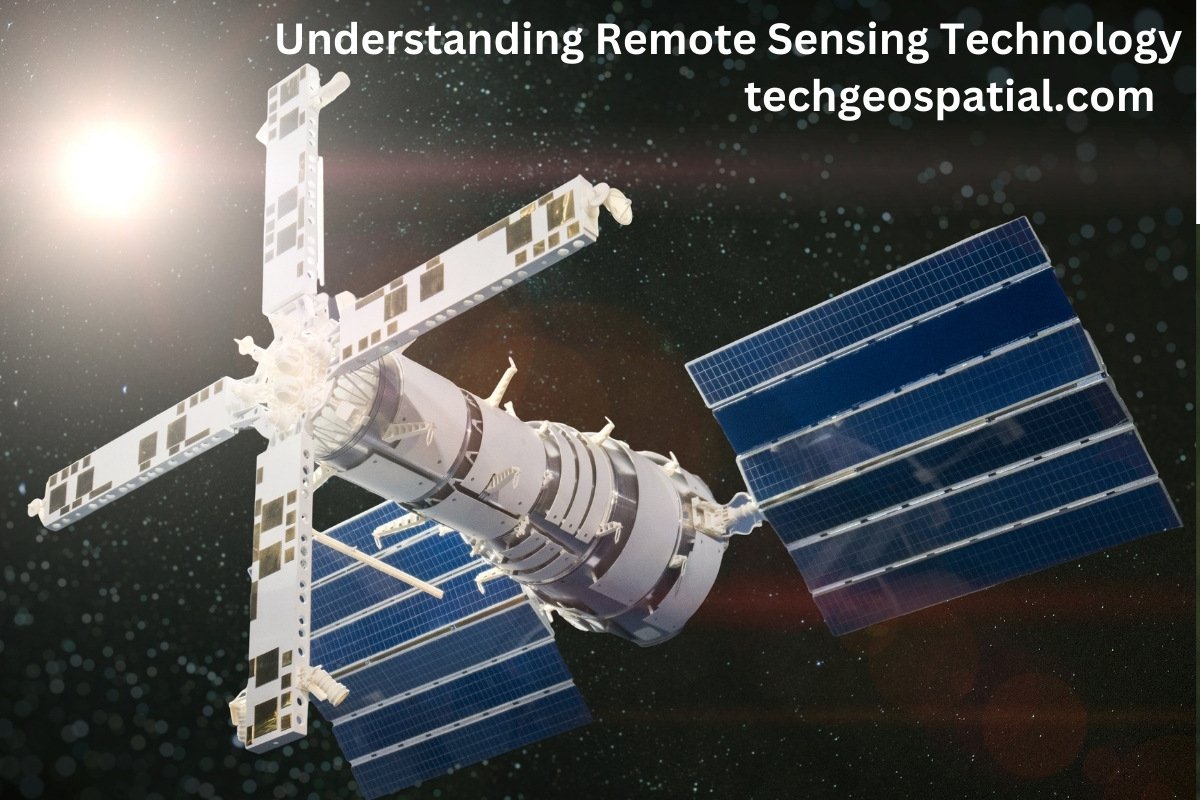1. Introduction:

Climatology is the scientific study of climates, encompassing the patterns, variability, and changes in temperature, precipitation, wind, and other atmospheric conditions over extended periods of time. It plays a crucial role in understanding Earth’s climate system, its interactions with various components such as oceans, land, ice, and vegetation, and how human activities influence these systems. This article aims to delve into the fundamentals of climatology, shedding light on its key concepts and significance in today’s world.
2. What is Climatology?
Climatology involves the analysis of long-term weather patterns and trends, typically over periods of decades to centuries. It seeks to discern the underlying factors driving climate variations, ranging from natural processes like volcanic eruptions and solar radiation changes to anthropogenic influences such as greenhouse gas emissions. Climatologists utilize a variety of tools and methods, including historical data analysis, computer modeling, remote sensing, and field observations, to investigate past climates, understand present conditions, and predict future trends.
3. Historical Development of Climatology
Climatology traces its roots back to ancient civilizations that observed and recorded weather patterns. However, modern climatology emerged during the 19th and 20th centuries with advancements in instrumentation, data analysis techniques, and theoretical models.
Early Observations and Theories
Early scholars such as Aristotle and Theophrastus laid the groundwork for climatology by documenting weather phenomena and proposing rudimentary theories to explain them. However, it wasn’t until the Renaissance period that systematic observations and scientific inquiry began to shape our understanding of climate.
4. Modern Advances in Climatological Research
The advent of meteorological instruments like thermometers, barometers, and hygrometers revolutionized climatological research, allowing scientists to collect precise data on atmospheric conditions. Furthermore, the development of satellites, weather balloons, and computer models has expanded our ability to monitor and predict climate variability on a global scale.
5. Components of Climate

Climate is influenced by various components of the Earth system, including the atmosphere, hydrosphere, lithosphere, and biosphere.
Atmosphere
The atmosphere, composed primarily of nitrogen and oxygen, plays a central role in regulating Earth’s climate by trapping heat from the Sun and redistributing it across the planet through processes like convection and advection.
Hydrosphere
The hydrosphere encompasses all forms of water on Earth, including oceans, rivers, lakes, and glaciers. It influences climate through the absorption and release of heat, as well as the circulation of ocean currents and atmospheric moisture.
Lithosphere
The lithosphere refers to the solid outer layer of the Earth, comprising the crust and upper mantle. It influences climate through factors such as topography, land cover, and the distribution of continents and oceans.
Biosphere
The biosphere encompasses all living organisms on Earth and their interactions with the environment. It affects climate through processes like photosynthesis, respiration, and the carbon cycle.
6. Factors Influencing Climate
Climate is shaped by a complex interplay of natural and human-induced factors, including latitude, altitude, ocean currents, wind patterns, topography, and greenhouse gas emissions.
Latitude
Latitude exerts a significant influence on climate due to variations in solar insolation, with equatorial regions receiving more sunlight and experiencing warmer temperatures than polar regions.
Altitude
Altitude affects climate by altering atmospheric pressure, temperature, and precipitation patterns. Generally, temperatures decrease with increasing altitude, leading to distinct climate zones on mountains and plateaus.
Ocean Currents
Ocean currents play a crucial role in regulating global climate by redistributing heat and moisture around the world. They influence weather patterns, marine ecosystems, and regional climate conditions.
Wind Patterns
Wind patterns, driven by the Earth’s rotation and differential heating of the atmosphere, help transport heat and moisture across the planet, shaping climate zones and weather phenomena.
Topography
Topography, including factors such as mountains, valleys, and coastlines, influences local climate by affecting temperature gradients, precipitation patterns, and atmospheric circulation.
Human Activities
Human activities, such as deforestation, urbanization, and industrialization, can alter climate through the release of greenhouse gases, changes in land use, and modifications to the Earth’s surface.
7. Methods of Studying Climate
Climatologists employ a variety of methods to study past, present, and future climate conditions, including instrumental data collection, proxy data analysis, and climate modeling.
Instrumental Data Collection
Instrumental data, collected from weather stations, satellites, buoys, and other sources, provide valuable information on temperature, precipitation, humidity, wind speed, and atmospheric composition.
Proxy Data Analysis
Proxy data, derived from natural archives like tree rings, ice cores, sediment layers, and historical records, offer insights into past climate variability and long-term trends.
Climate Models
Climate models, based on mathematical equations and physical principles, simulate Earth’s climate system to project future climate scenarios under different emissions scenarios and policy interventions.
8. Climate Classification Systems
Climatologists use various classification systems to categorize different climate types based on temperature, precipitation, and other climatic variables.
Köppen Climate Classification
The Köppen climate classification system, developed by climatologist Wladimir Köppen, categorizes climates into five main groups (tropical, dry, temperate, continental, polar) and several subcategories based on temperature and precipitation patterns.
Thornthwaite Climate Classification
The Thornthwaite climate classification system, proposed by climatologist Charles Thornthwaite, classifies climates based on water balance and potential evapotranspiration, providing insights into moisture availability and agricultural suitability.
Bergeron Climate Classification
The Bergeron climate classification system, developed by climatologist Tor Bergeron, focuses on atmospheric circulation patterns and cloud types to classify climates in terms of air masses and weather regimes.
9. Climate Change and Global Warming

Climate change refers to long-term shifts in Earth’s climate patterns, including changes in temperature, precipitation, and extreme weather events, often attributed to human activities such as burning fossil fuels and deforestation.
Causes and Effects
The primary drivers of climate change include greenhouse gas emissions, land-use changes, and industrial activities, which contribute to global warming, sea-level rise, biodiversity loss, and disruptions to ecosystems and human societies.
10. Conclusion:
Climatology is a multidisciplinary field that encompasses the study of Earth’s climate system, including its components, processes, and interactions. By understanding the basics of climatology, we can better comprehend the complex factors influencing climate change and its implications for the environment, ecosystems, and human societies. Continued research in climatology is essential for informing policy decisions, mitigating the impacts of climate change, and promoting sustainability on a global scale.






One thought on “Understanding the Basics of Climatology”